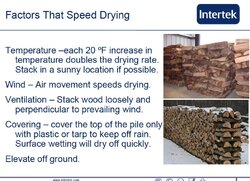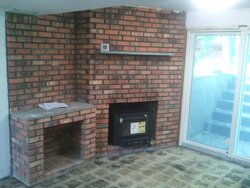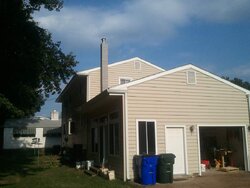B
BrianK
Guest
Been up to Kitko, eh?
Yep, got about 5 cords of it stored in the basement now. And I have about a half cord of well seasoned ash and 3-4 cords of c/s/s combo of cherry, ash, birch, and maple that won't be ready to burn this season. I'm picking up 4 cords of 2 year old c/s/s combo of apple and oak this weekend from a local who is no longer burning for $75 a cord. This year we should be fine, and I've got lots of dead standing oak to get in for 2013/2014 season ;-)








 Birch bark is great for fire starting.
Birch bark is great for fire starting.